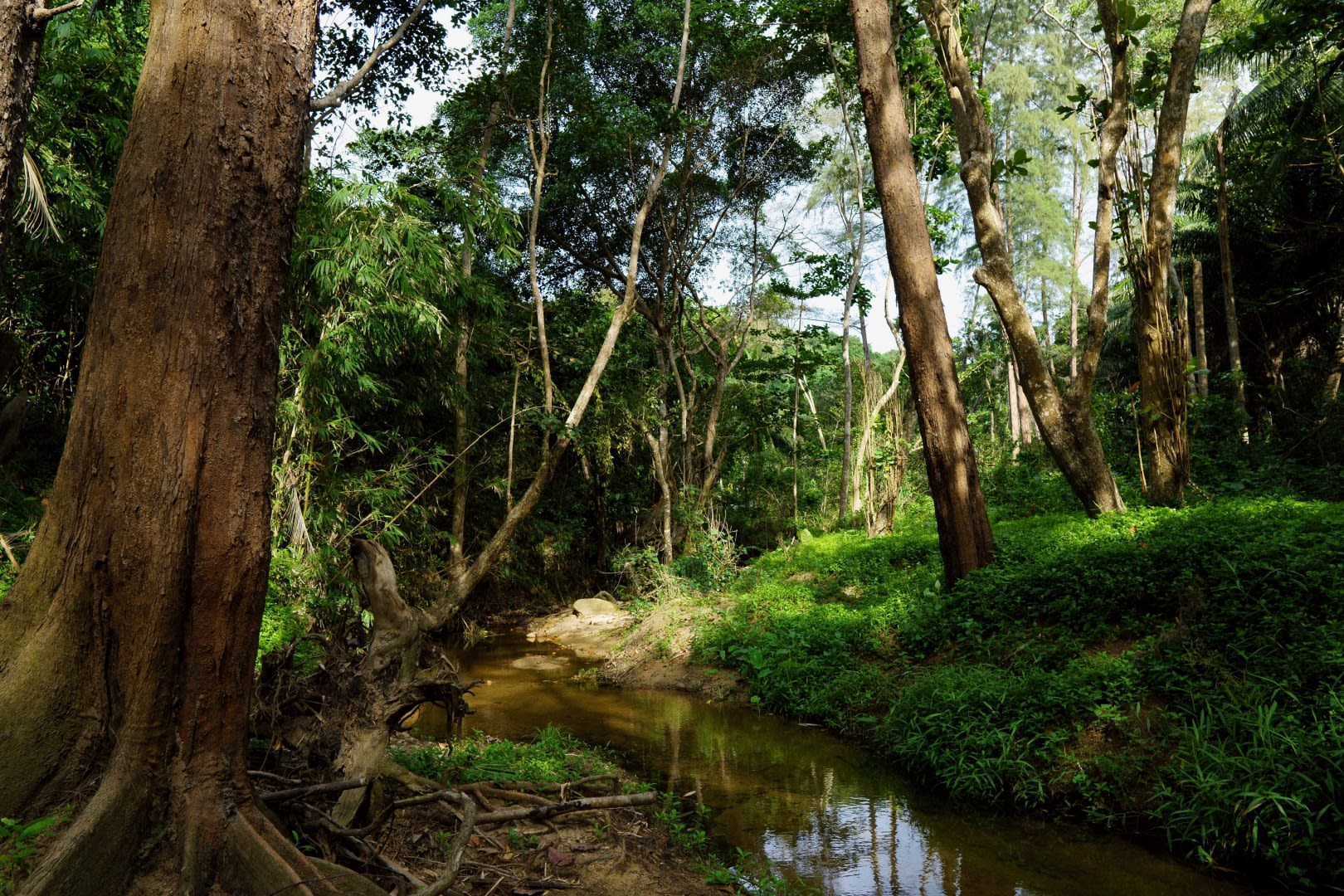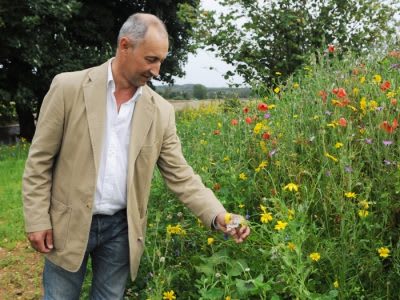In 2019 rewilding will be all over wildlife news, websites and magazines. Here, land management consultant James Gillies explains more…
In the most basic of terms ‘rewilding’ is the practice of returning swathes of our countryside and natural habitat to how nature intended, this could include reintroducing long-lost species that would have once called that landscape their home. We are bringing wildlife back to how it would have been before intensive farming, forestry and any manmade habitat modification took place. Rewilding allows lost species to thrive here once more, and provides people with some of the raw experiences of which we have been deprived over centuries of wildlife and wild space deterioration.
The stats speak for themselves. In the UK we have lost more of our large mammals than almost any other European country and as I have discussed in previous issues of OXcountry, the average forest/woodland cover in the rest of Europe is 37%, the UK has only 12%.
In Britain, almost all land is managed. Natural spaces are ‘managed’ and ‘maintained’ by conservationists and organisations. Conservation initiatives have ensured that the biodiversity of our wild spaces is not completely lost. However, most conservation in action in Britain today tends to protect a narrow range of creatures and habitats rather than reverting to what was the natural state of the land.
Most people assume that a normal or ‘natural’ state for our wild spaces is that of their childhood or the recent past. One of the predominant difficulties of rewilding is that it is hard for us to envisage what habitats would have been like if left to nature.
Our national parks are dominated by sheep farms and grouse or deer estates, leaving almost all our hills bare. There are few large areas of land which nature has been allowed to find its own way. In this respect Britain is highly unusual; unlike almost any other country, there is nowhere, beyond tiny patches, in which we may escape obvious human impact.
There are a number of pilot projects within the rewilding arena, most notably and the largest of which is the ‘Summit to Sea’ project which stretches from the highest point in Mid Wales as far as Cardigan Bay, encompassing at least 100,000ha of land and nearly 30,000ha of sea. This pilot project has its roots in local communities and will not only be of benefit to wildlife but also encourage opportunities in ecotourism and have further reaching economic benefits for the region.
Rewilding offers other demonstrable benefits to communities and residents, the restoration of trees and other vegetation to the hills holds back the rain that falls on them. This in turn slows down the flow of water to the lowlands. Wide buffer zones around the rivers also hold back the floodwaters that might otherwise swamp communities downstream, and filter out much of the fertiliser and other contaminants which now enter the water.
Rewilding also helps to keep the soil on the land and carbon in the soil, therefore helping to reverse the effects of carbon in the atmosphere.
In essence rewilding could help in providing solutions to a large number of environmental issues we currently face as a nation. Investing in our wild spaces and bringing them back to how they should have been allowed to exist prior to our involvement, is of benefit way beyond the actual area the rewilding is taking place in.
True rewilding will only work on a large scale as you need livestock to manage vegetation growth. I would say a minimum of 1,000 acres would be needed. However, we can do something on a smaller scale, more ‘light-touch’ management, possibly using machinery to mimic animal behaviour. The first thing I would say to a landowner interested in rewilding would be talk to your neighbours and get them involved, as the larger the area the more successful rewilding is.
James Gillies is an experienced land manager and Countryside Steward. To discuss wildlife, land management projects and conservation initiatives, visit james-gillies.com










